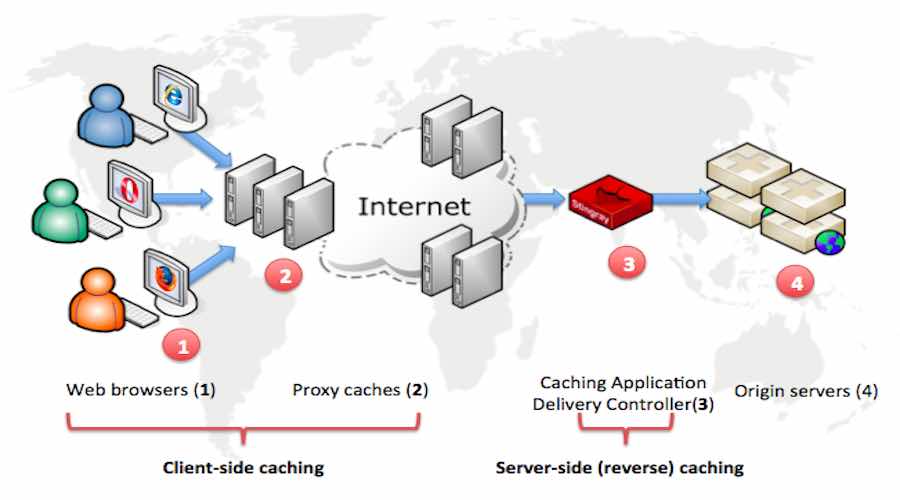How Does Web Caching Work — A Brief Introduction

Short Bytes: Web caching is a network technology to deliver content faster to the web page requester. This is made possible by having a DNS Lookup table which stores the local information about various web pages and addresses. And once requested, they locally serve the request, thus making the delivery faster.
Web caching is a technology that allows us to access a website faster because it stores the relevant information about a website in a table called DNS Lookup table. A DNS Lookup table is made based on the users’ site access requests from a particular network.But to decide which web page to cache and which to not, there is an algorithm which works behind the scene and it is very easy to understand. So here it is:
How does Web caching work?
- A user accesses a Web page.
- The request to access the particular web page passes through the network. The network, then, analyzes the request.
- Each request is based on certain parameters. If those parameters are met, then the request is redirected to a local network cache.
- It might also happen that the requested web page has no entry for itself in the cache. In that case, another web request is made to the original web server by the network cache or the web cache.
- Upon receiving the request, the original web server delivers the required content to the cache.
- The network cache then delivers the content to the client.
- But, it also saves the content in its local storage. That content is now cached.
Once the web page is cached, if another user makes another request for the same web page, then the network analyzes the user request and redirects the request to the local web cache.
Since the request is not sent over the internet, this process of network caching makes the content delivery faster for the associated network. Also, based on the design of the web server, the web cache keeps the cache resources updated with the time.
Read our entire coverage on computer networks





